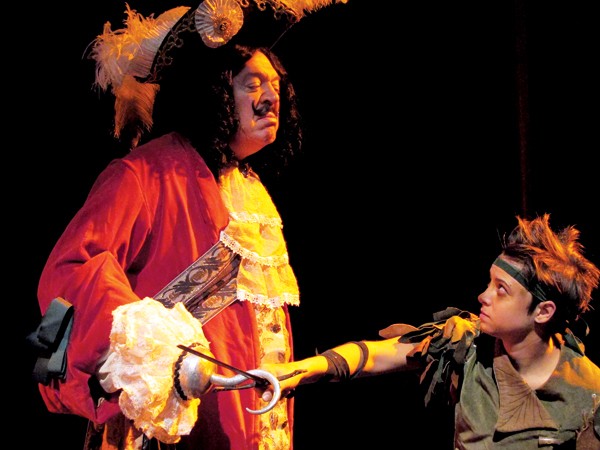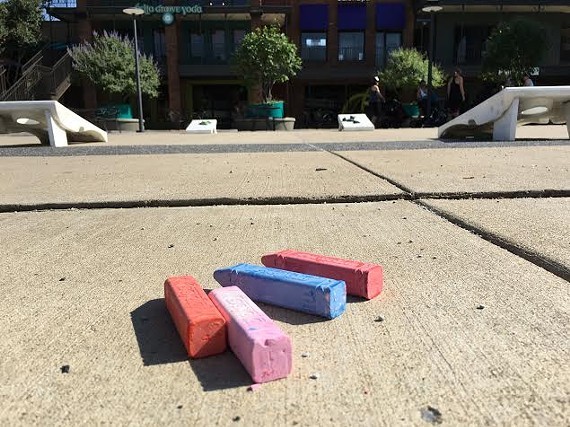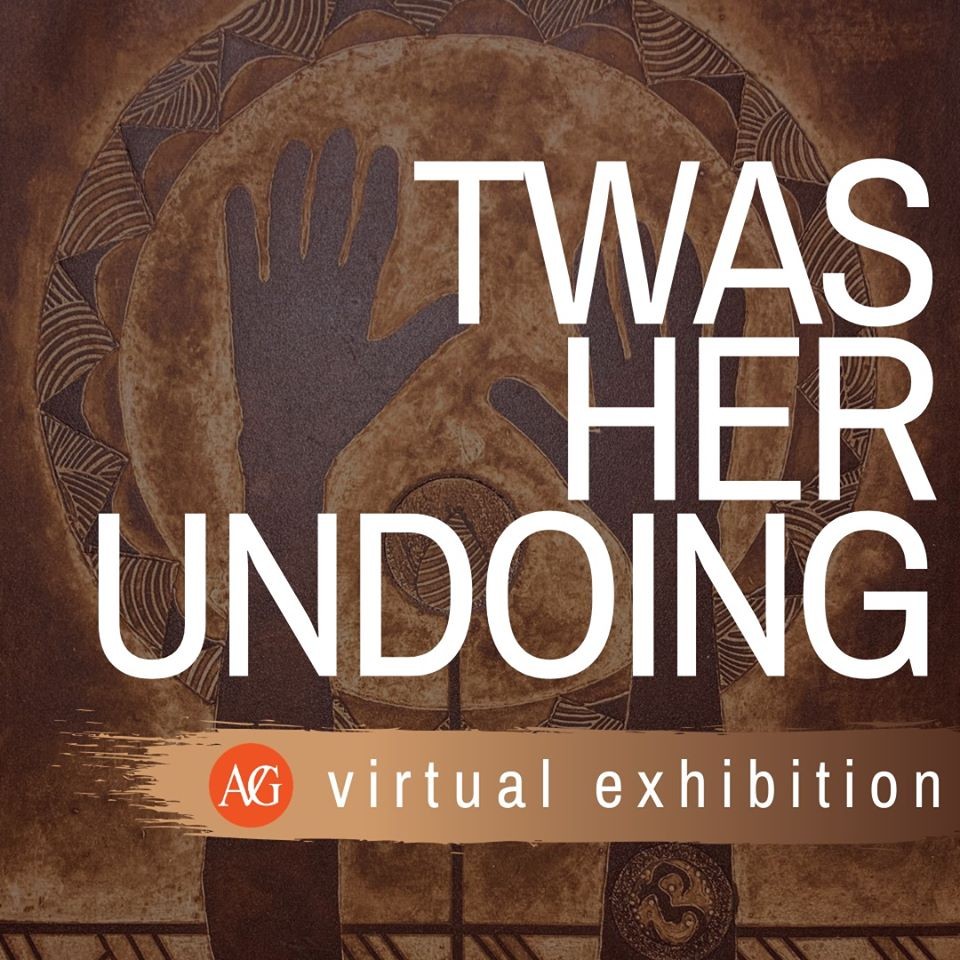Here’s a sampling of who is doing creative programming that you can enjoy from home:
- Tennessee Shakespeare Company’s Decameron Project on its Facebook page presents literary readings and speeches by the Bard. Goes live at 10:15 a.m. Mondays-Fridays.

Peter Pan
- The Facebook page of Playhouse on the Square (POTS) is featuring “Story Time in Neverland” with Peter Pan reading the classic story and teaching some choreography to boot. The POTS page also has scads of videos of many of its productions with interviews and performance excerpts.
- New Moon Theatre Company has been posting a Shakespeare blowout, full performances of past shows on its Facebook page, from Hamlet to Titus Andronicus (adults only!) to 12th Night and more.
- The Memphis Symphony Orchestra’s FB page has plenty to hear, such as the Lockdown Sessions — check out the “Horns in Time of Plague” duet with Caroline Kinsey and Robert Patterson.
- Hit up the FB page of the Art Museum of the University of Memphis and you’ll find plenty to see. Artworks, of course (photos by Lawrence Jasud, for example), and interviews (Carl Moore), and an opportunity to be part of the “In 7, 6, 5…” exhibition.

- Find our more about the Memphis Brooks Museum of Art’s Virtual ChalkFest at its Facebook page.
- The Dixon Gallery and Gardens virtually continues its weekly Tours at Two with curator Julie Pierotti talking about various works in the museum’s collection. And there are pictures of flowers. So many pictures of flowers.

- Art Village Gallery’s Online Viewing Room has the new exhibit “‘Twas Her Undoing,” provocative works by several local women artists.
- The Pink Palace is offering its Museum To-Go experience with activities, movies, planetarium shows, and more.
More things are going on as well, from at-home jookin’ lessons (New Ballet Ensemble), to the Digital Aria Jukebox from Opera Memphis.
Just look and listen around you — art is everywhere.